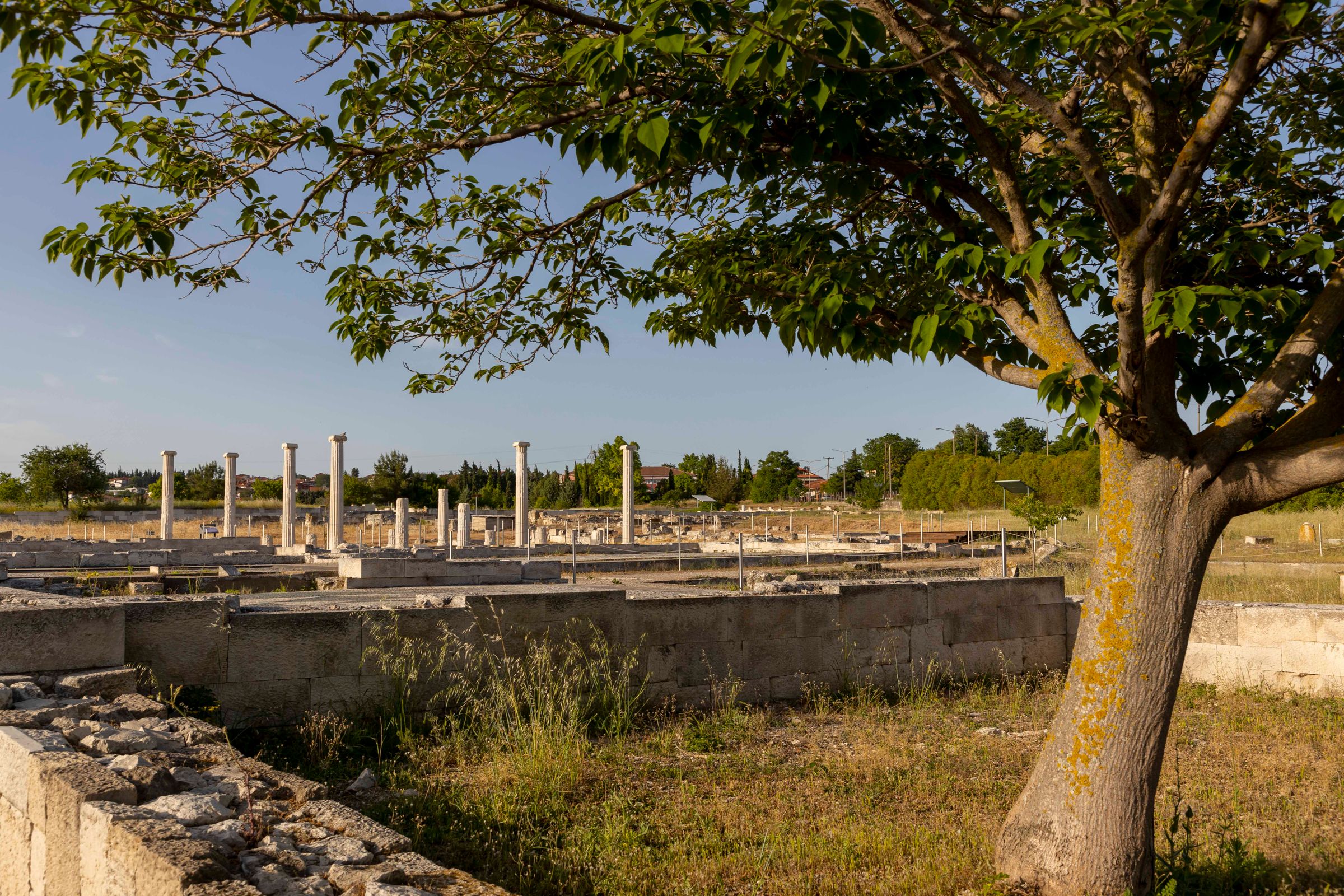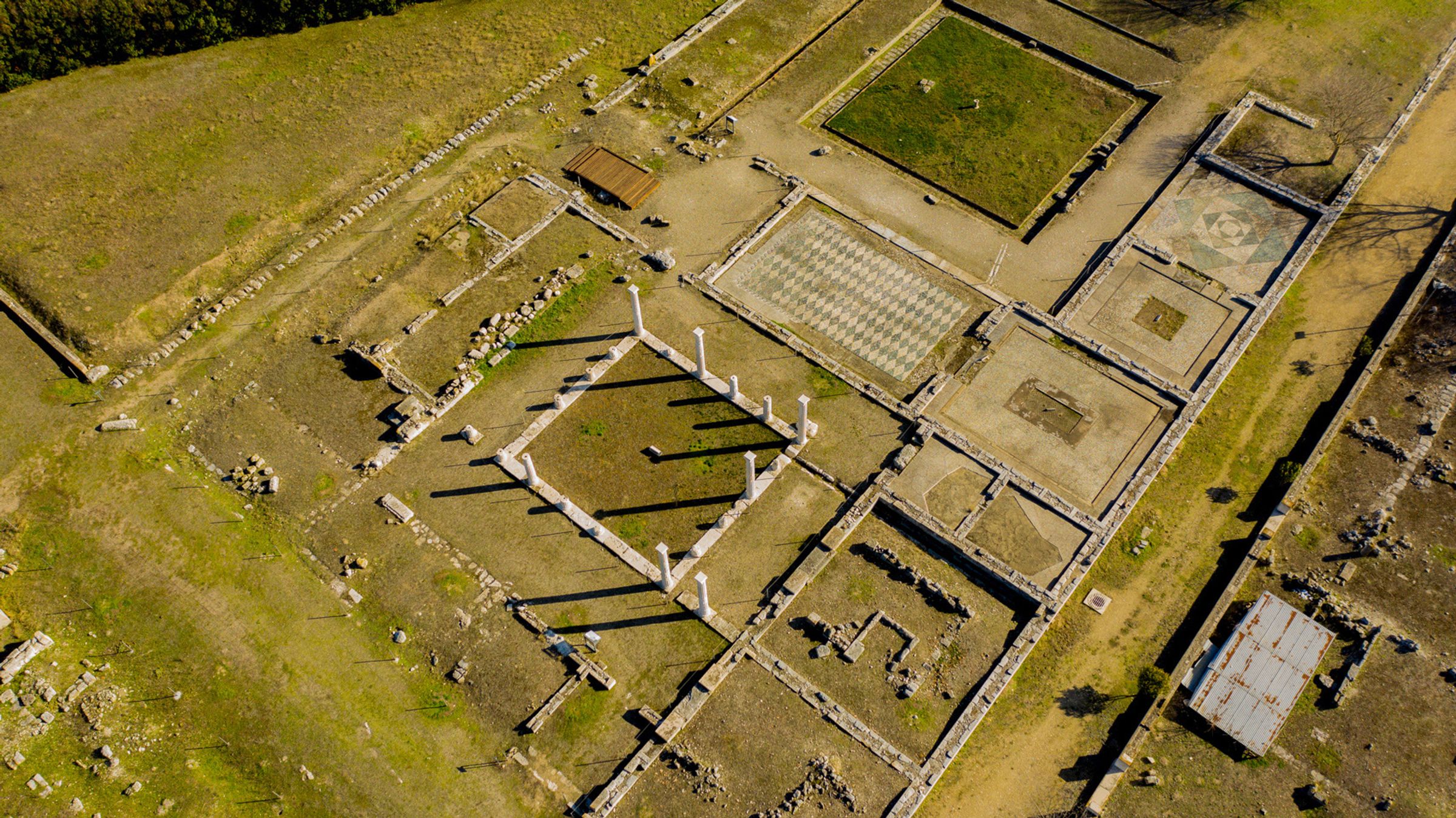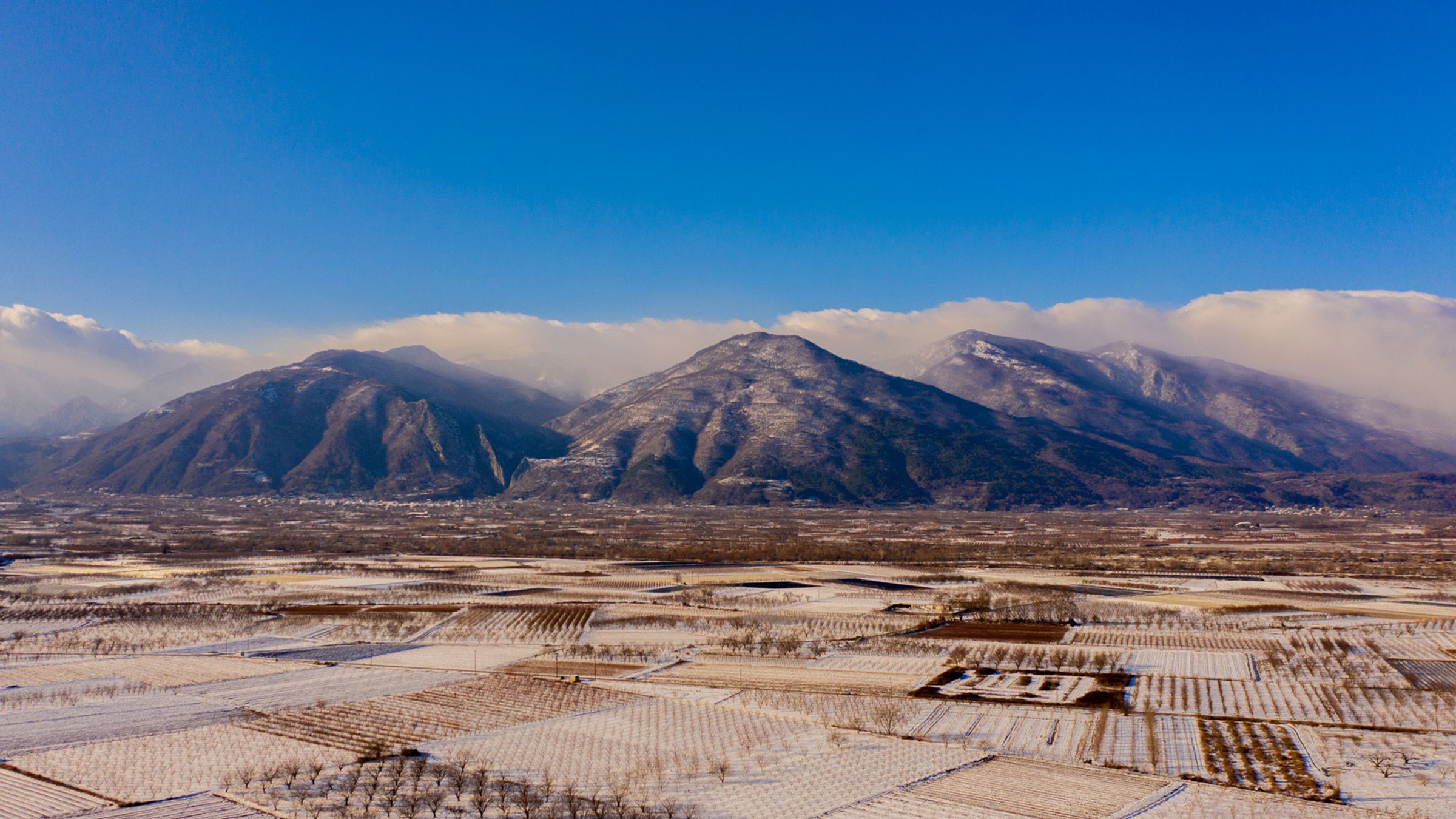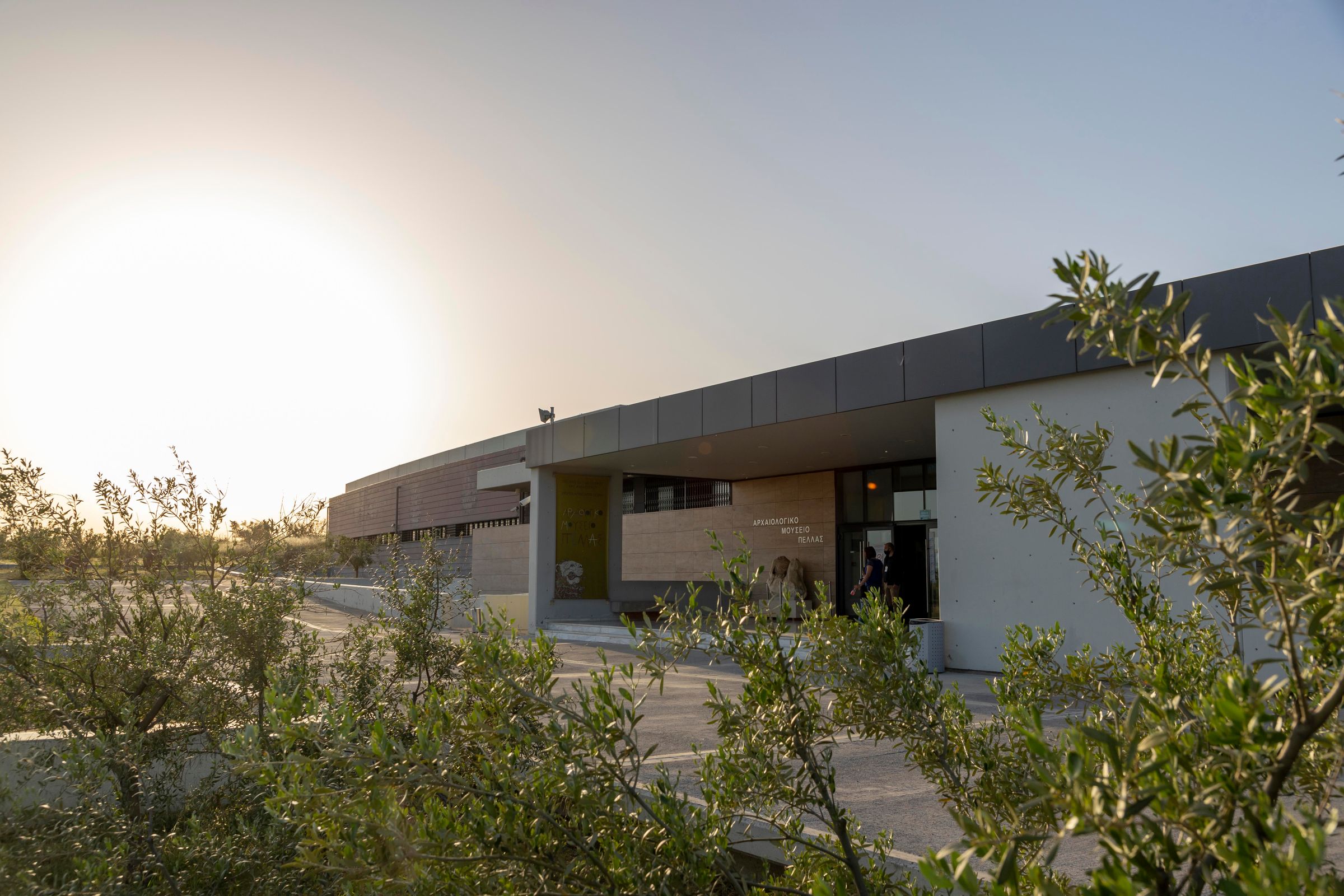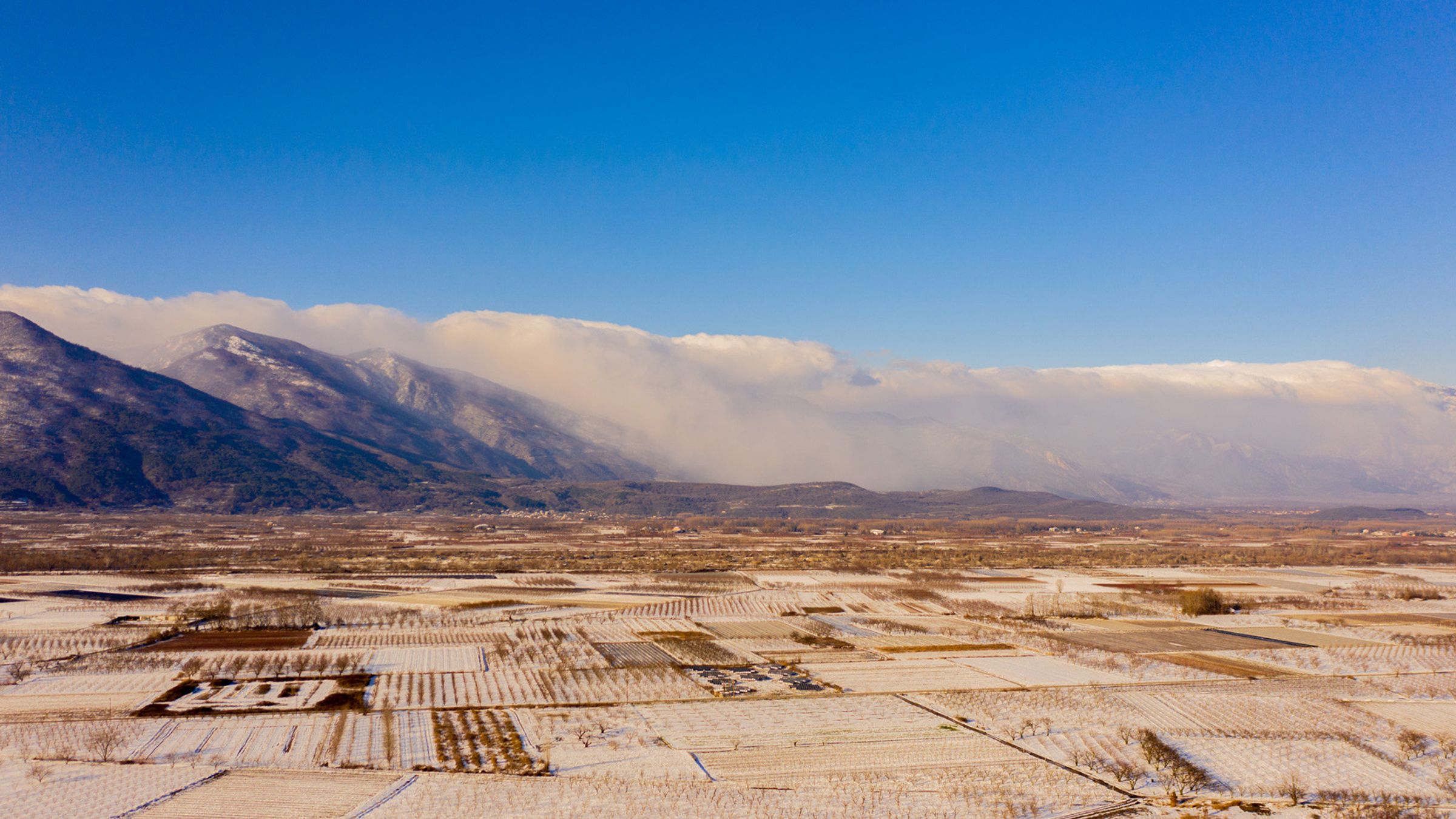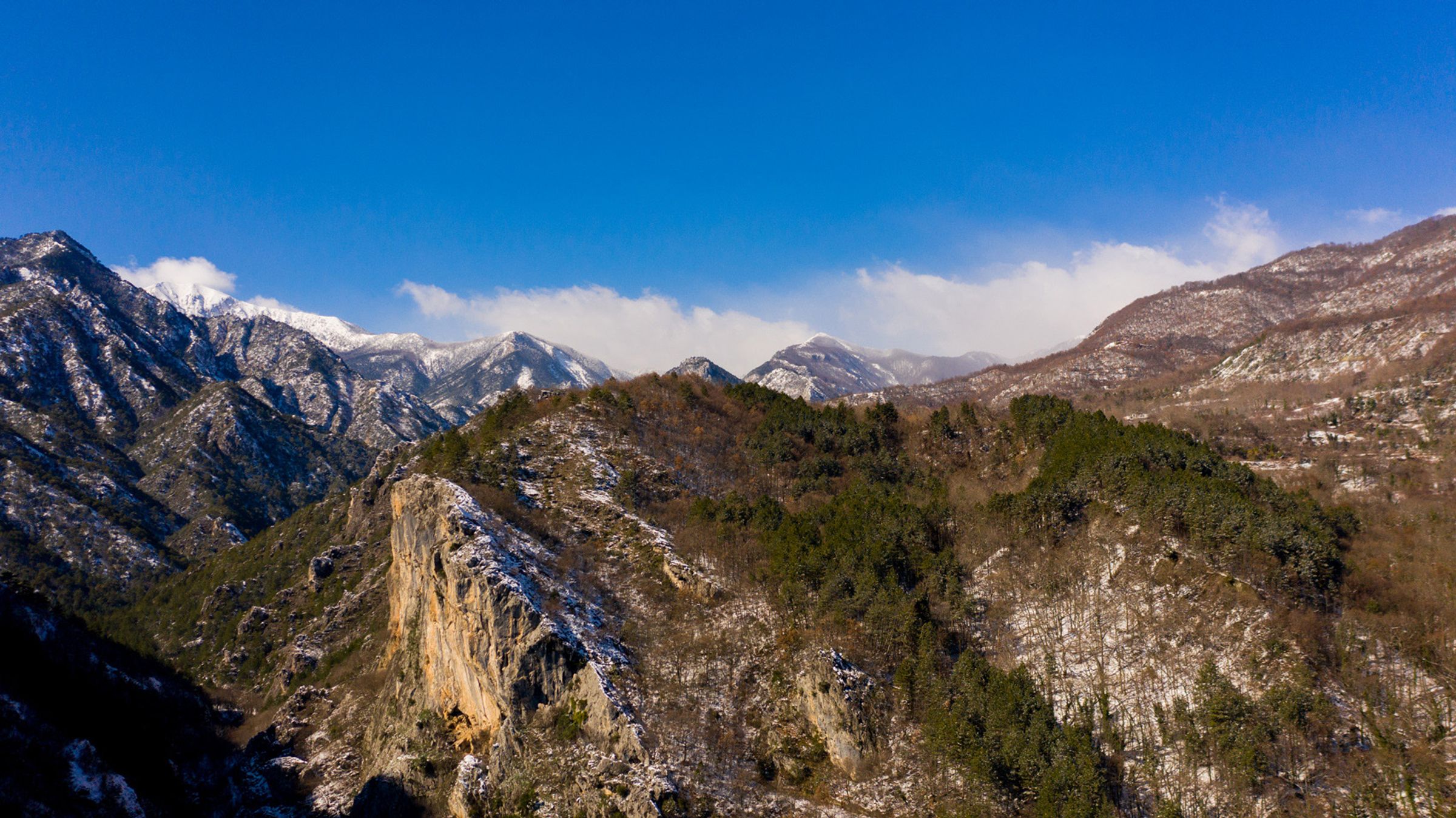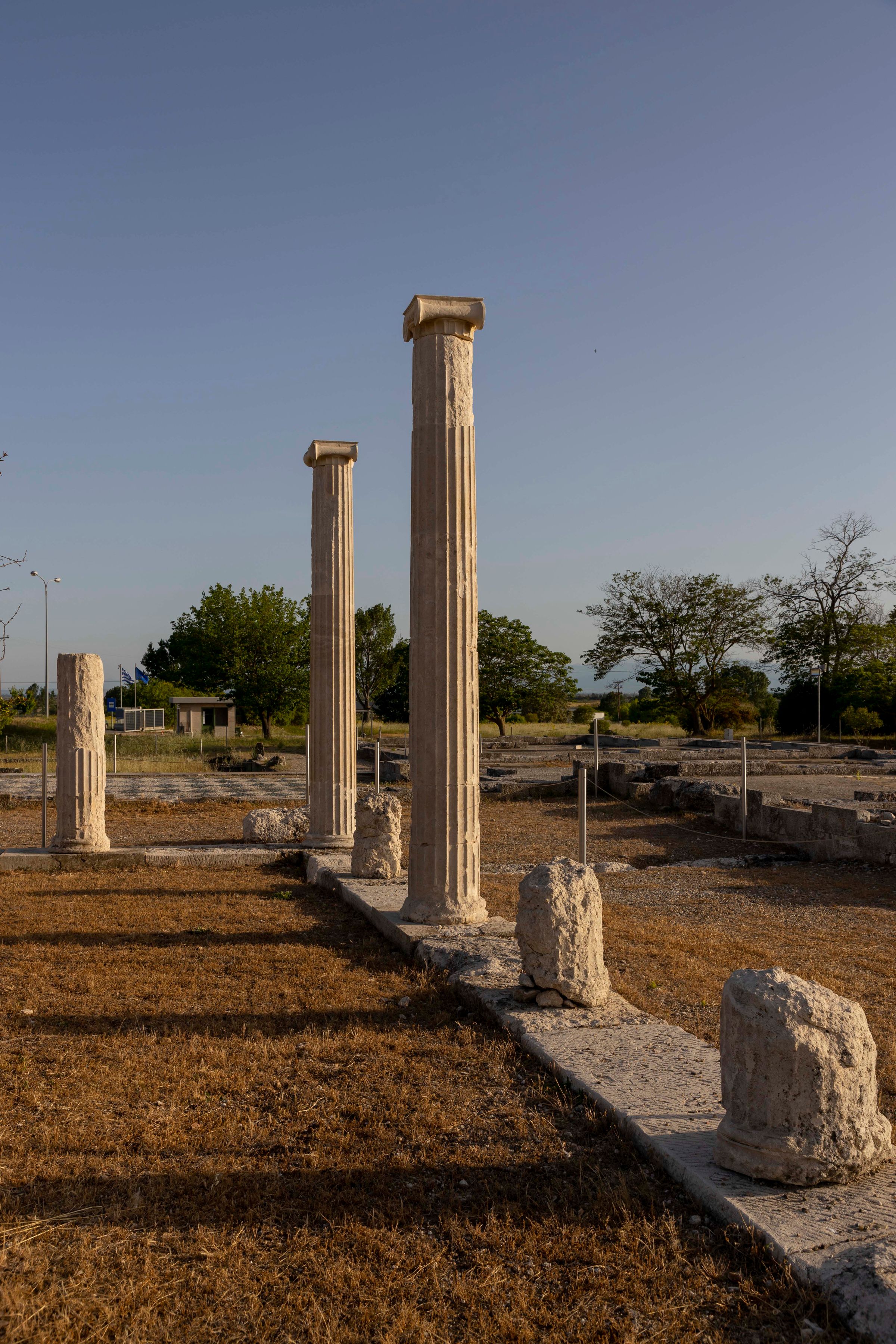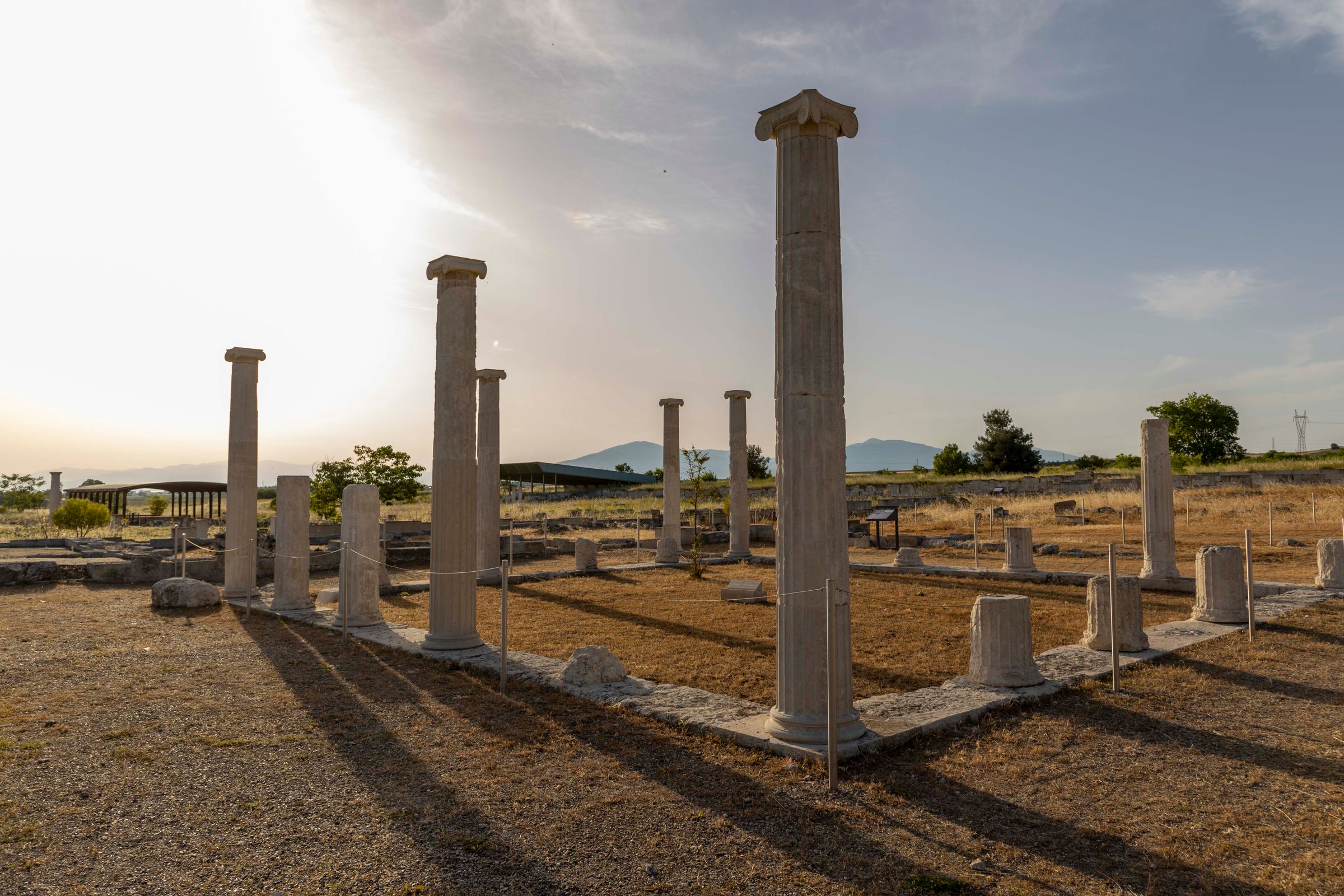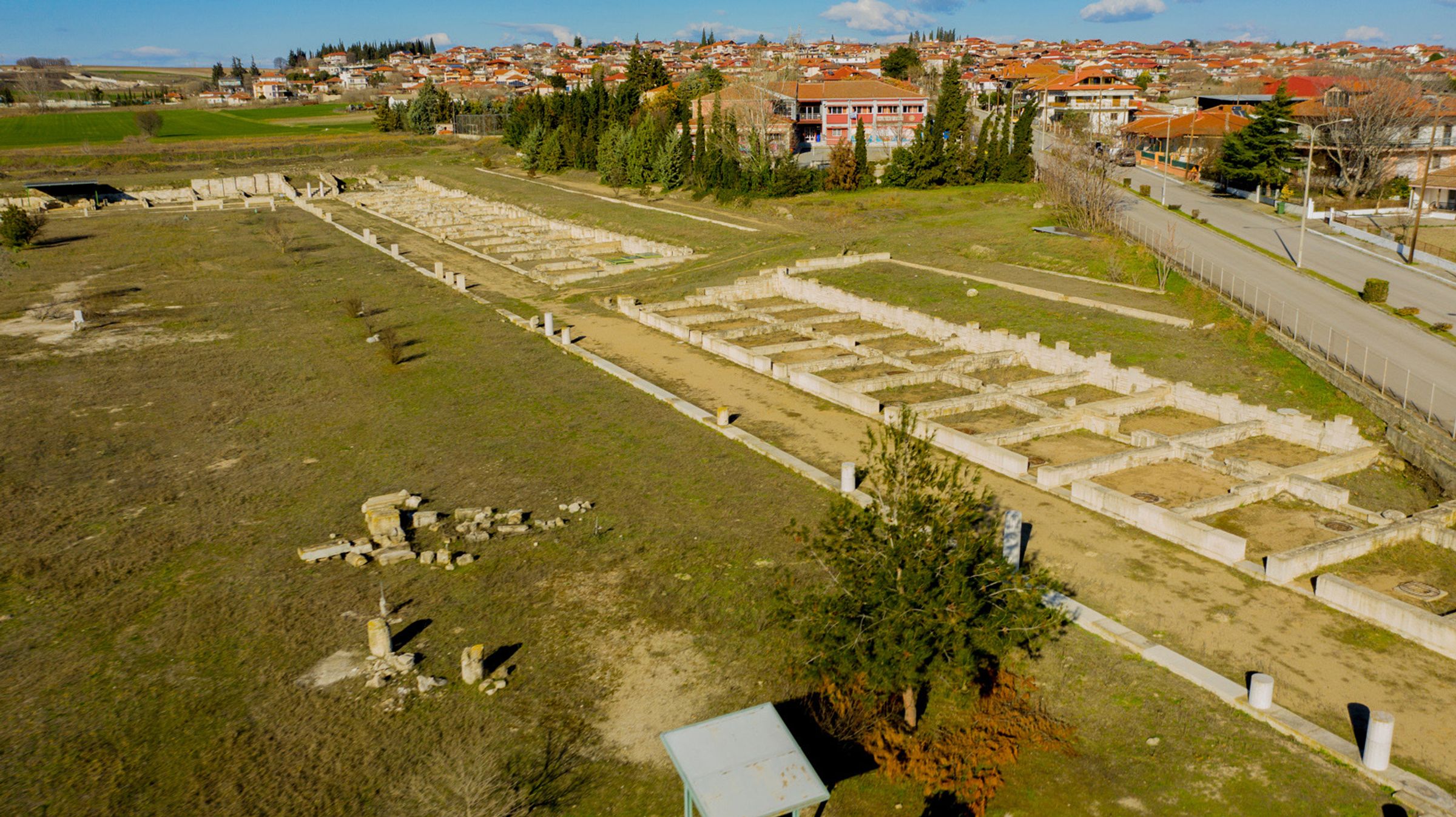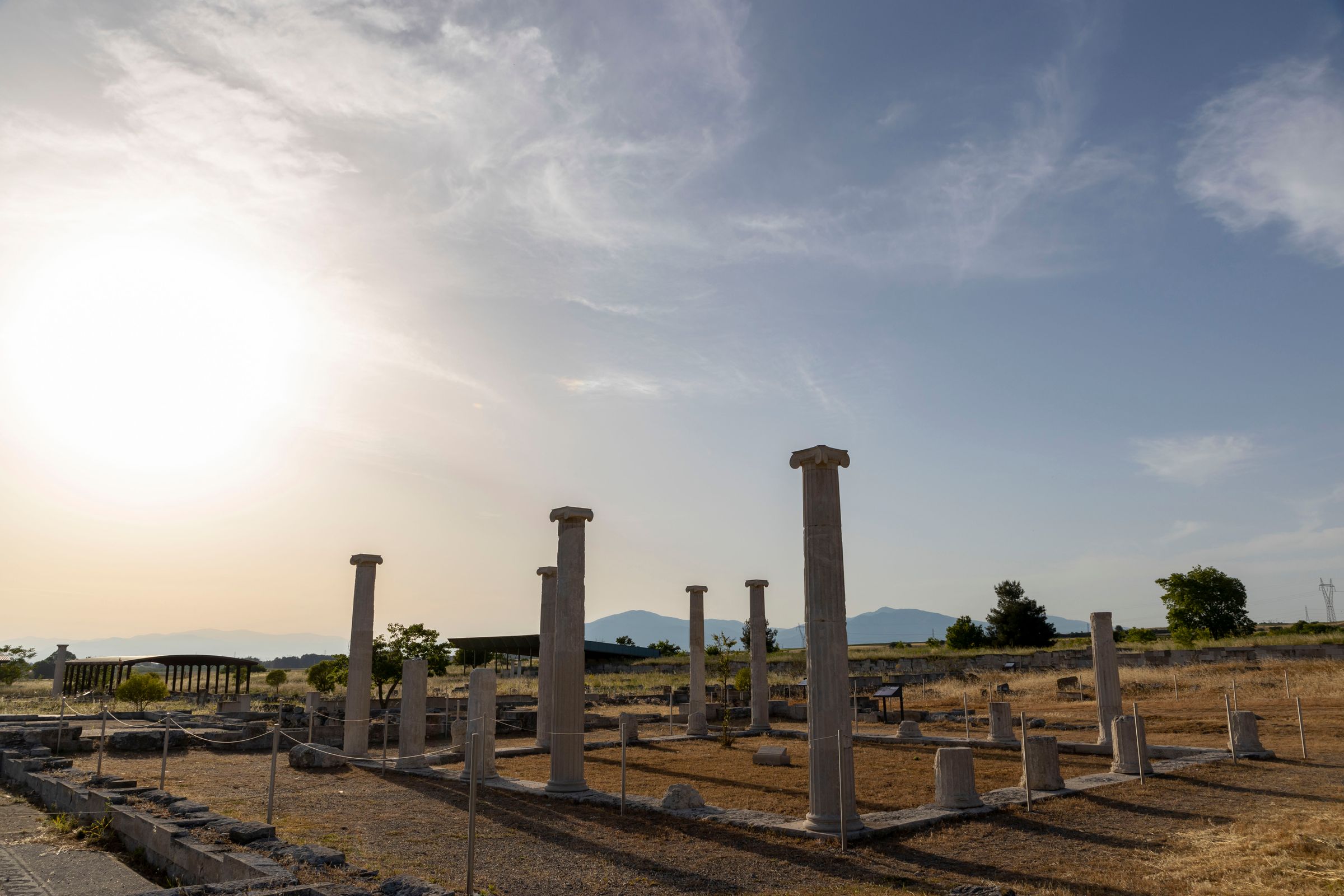
Archaeological Site of Pella
Archaeological Site of Pella
The capital of the ancient Macedonians
The archaeological site of Pella is one of the few landscapes whose form has been radically changed from classical antiquity. Back in the day, the city was coastal, as informed by Herodotus, the first ancient writer to mention it, in the narrative of the Persian invasion of Greece in 480 BC.
A few decades after the Persian wars, at the end of the 5th century BC, the king of Macedonia, Archelaus, moved his seat from Aigai (today's Vergina) to Pella. Its strategic position was more suited to the new aspirations of the Macedonians since besides the port it was also a transport hub to the four points of the horizon, to which the kingdom aimed to expand.
Pella, which went down in history as the capital of the ancient Macedonians, is considered one of the most important archaeological sites in Greece. It was excavated and studied scientifically during the second half of the twentieth century, bringing to the surface findings of enormous archaeological and cultural importance. The Archaeological Site of Pella is an area of approximately 70,000 sq.m. located in a rural area at the western end of the settlement of today's Pella.
Excavations in the ancient city in the period 1957-1964 revealed houses with mosaic floors and part of the palace, while during the next period of excavations (1976 until today) the market, part of the palace, other houses, parts of the fortification, sanctuaries, and cemeteries were revealed. . In the period 1957-1964, the basic restoration works were carried out (walls and Ionic peristyle of the house with the mosaic of Dionysus), while in 1976 a column of the peristyle of the house was restored with the mosaic of Eleni's abduction.
The archeological site that reveals the ancient capital presents the city with its building blocks, houses, and banquet spaces, giving the chance to the visitor to imagine the way of life of the ancient Macedonians. Maybe the most unforgettable memory for the visitor will be the site's unique mosaic floors.


